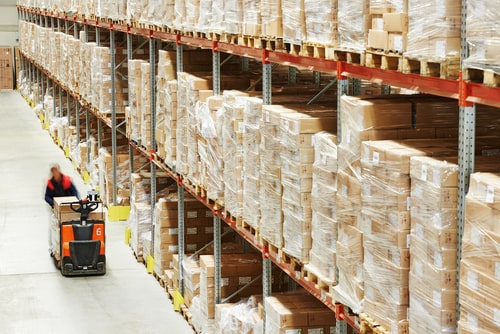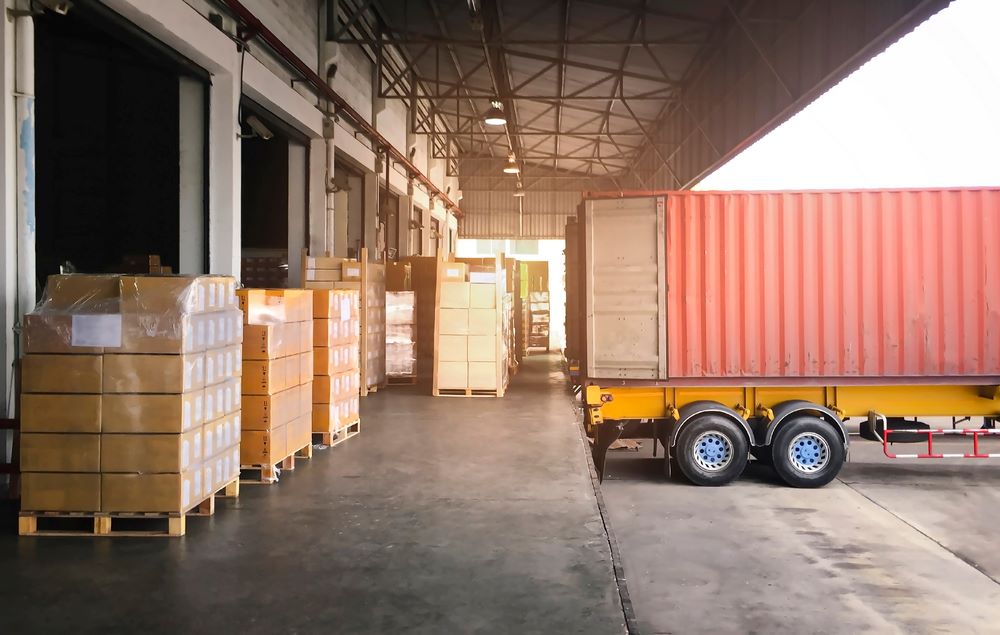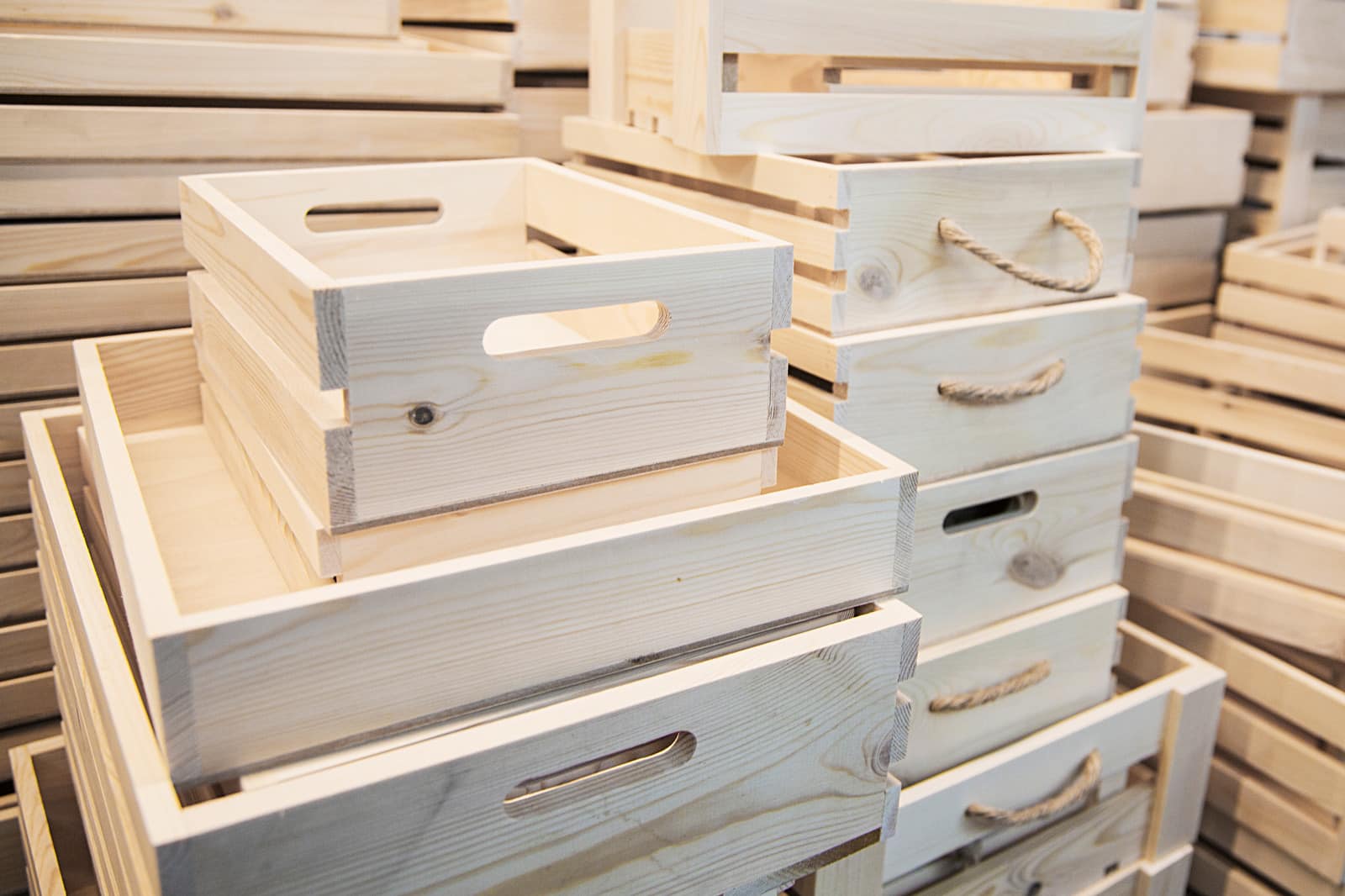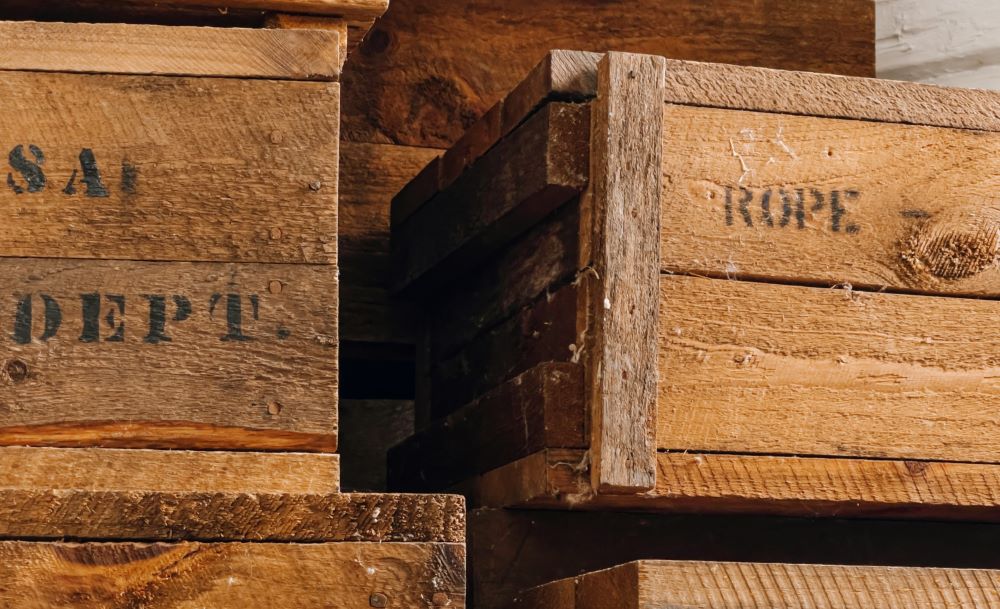
Find yourself torn between using crates or pallets for transporting or shipping your goods? It’s a common conflict that comes up during the planning, research and evaluation stages of your business. Whilst both crate packing and pallets are useful and beneficial methods for securing your products, you still need to consider what will do the most work for your items and how they will be received once they are out of your hands.
Crates are most suitable for delicate and breakable items like glass or electronics that need special barriers against the roughness of industrial transport, whereas pallets are most suitable for repeated use, heavy items and products that require air circulation or drainage. Whatever packaging solution you prefer and choose to use, there are endless tips to ensure your products stay safe during their storage and transit journey.
The Benefits of Using Crates
Crate packing provides strong wooden support for any goods that you plan to transport, whether that be domestically or internationally. With four walls and a floor, your products will be secured safely within a wooden room, which is especially practical for delicate and fragile items which would not do as well in a palletized shipment.
If you require extra protection for easily damaged goods, then crates can be customized to non-standard dimensions and fitted to the size that you need to offer far more protection than your standard pallet. Heavy loads and big quantities of goods can also benefit from the use of crate packing, with crates from ABC Crates capable of holding large volumes of good safely and securely.
At ABC crates, all of the crate packing is made from recycled materials, so your business benefits from sustainable practices – which is also helpful if you plan to make many shipments and re-use your crates again and again.
Tips for Using Crates
One of the simplest and best ways to ensure the longevity of your shipment is to pack crates of fragile or delicate goods as full as possible so that these items have less opportunity to move around during transit and are less likely to be damaged whilst on the move.
If you’re having trouble filling crates to capacity, it’s a good idea to fill the excess space with cushioning material so that the goods don’t have as much room to shift around. Polystyrene or bubble wrap absorbs the kinetic energy that cause mechanical stresses to breakable goods in transport, bearing the brunt of any impacts or knocks. When choosing a cushioning material or space filler, think about the environmental impact and the cost of the material.
The Benefits of Using Pallets
Choosing pallets for your base load unit can often prove safer for your goods, as less manual labour and handling is required for individual items. Along with this efficiency, customers and contractors will also appreciate palletized goods as they offer ease of movement and don’t incur any extra labour costs. Universally, they tend to be the most popular mode of packing for shipping due to the ability to be lifted or unloaded by forklift easily.
If your goods need to be stored for some time, pallets can also be kept more efficiently in warehouses and stacked on top of each other for further space saving. They offer air circulation and drainage, so they are perfect for fresh produce or goods that need room to breathe. There’s also the reduced risk of perishable goods being left on unrefrigerated docks, so they do tend to be more cost effective for the exporter.
Tips for Using Pallets
When using pallets, it’s essential that you prepare carefully to maximize the safety and functionality of your shipment. To pack your pallets consistently, it’s a good idea to label your pallets and boxes, make a plan outlining the most effective stacking combinations, and always ensure that nothing overhangs the sides of your pallets. To prepare your goods for durability and strength during shipping, you can also follow three simple steps: stack, strap and wrap.
- Stack – Layer your boxes in a bricklayer style, by using columns and rotating the direction of columns every row.
- Strap – Use at least two heavy duty packing bands on each side of your pallet and make sure to run these straps through the top and bottom deck of your pallet.
- Wrap – Overlay high-quality shrink wrap by 50% around your boxes and pallets and wrap three to five times for maximum support.
Once wrapped and together as one unit, the overall damage to your freight will be greatly reduced. Following these steps will keep the condition and output of your goods consistent, and when they are received, they can be easily moved without causing any problems.
Which Option is the Best for You?
The best option will always be the one that gets your goods to their destination in the safest possible way, reducing further expense and increasing time efficiency for delivery. You might want to also consider the initial investment cost, ease of movement and the opportunity to re-use the crate or pallet.
Crates can be useful for fragile goods which need extra protection, but with pallets being popular and used all over the world, they require less handling and are far easier to transport and store, offering them their own special kind of defense. The universal understanding of pallets can make them a sensible choice for international shipping and their durability means they stay solid and reliable for some time. ABC Crates can design and manufacture pallets made to your specification that are delivered directly to you, ready for export and approved according to ISPM, so you don’t have to compromise on quality.
ABC Crates having been providing crate and pallet packaging solutions to Perth and the surrounding areas for over 17 years, making sure that all customers receive customer service from our industry experts and a product that can be re-used and recycled.
If you need professional advice about any of our pallets or crates, the experienced team at ABC Crates are happy to guide you, whether that be online, on the phone or in person.
For more packaging solutions and ideas from ABC Crates, contact us today on (08) 9493 1228 or email our team at australianboxesandcases@gmail.com.
We want to hear from you. Drop us a line.
Related:
Related News

Sustainability in the Shipping and Packaging Industry – How Wooden Crates, Boxes, and Pallets are Making a Difference
In an era where environmental consciousness is paramount, industries...
Keep Reading
Different Types of Wooden Crates and Understanding Your Options for Export
Choosing the appropriate crate is crucial for the safe...
Keep Reading
When Should Manufactures Plan To Order Wooden Crates
When it comes to seamlessly incorporating wooden boxes into...
Keep Reading
 Enquire Today
Enquire Today